Welcome, fellow critters! You have found my main blog, where I reblog a LOT of art tips and stuff. FYI my art blog is in another critter-cave around Tumblr as well!
Don't wanna be here? Send us removal request.
Photo
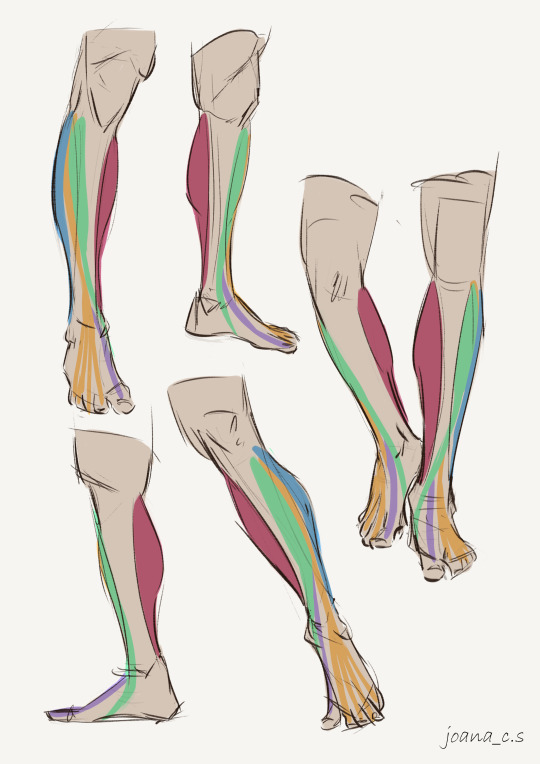
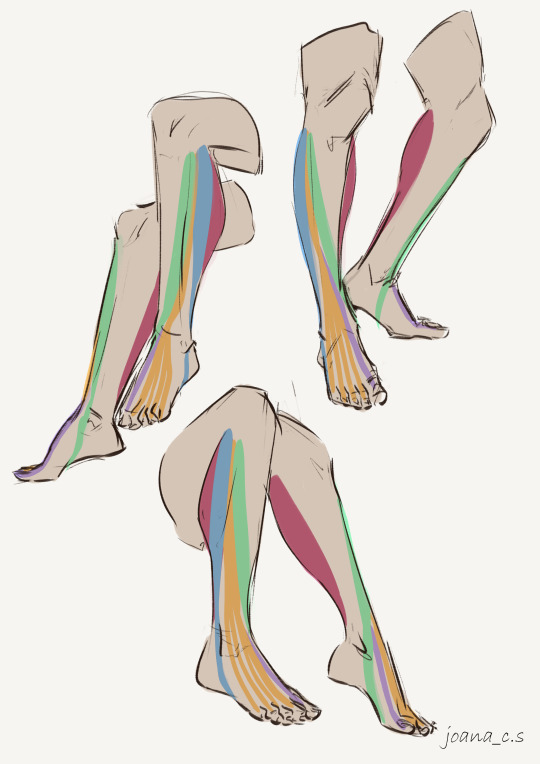
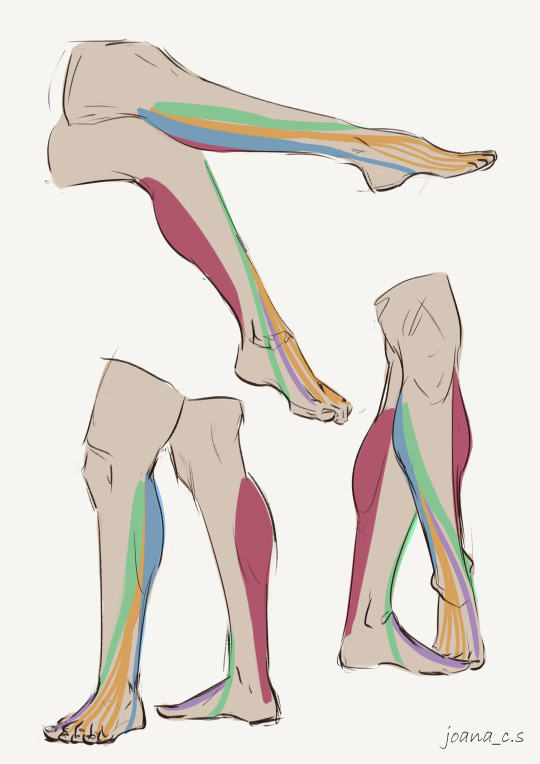
Last feet/leg related drawings, for now! Arms are up next 💪
3K notes
·
View notes
Photo
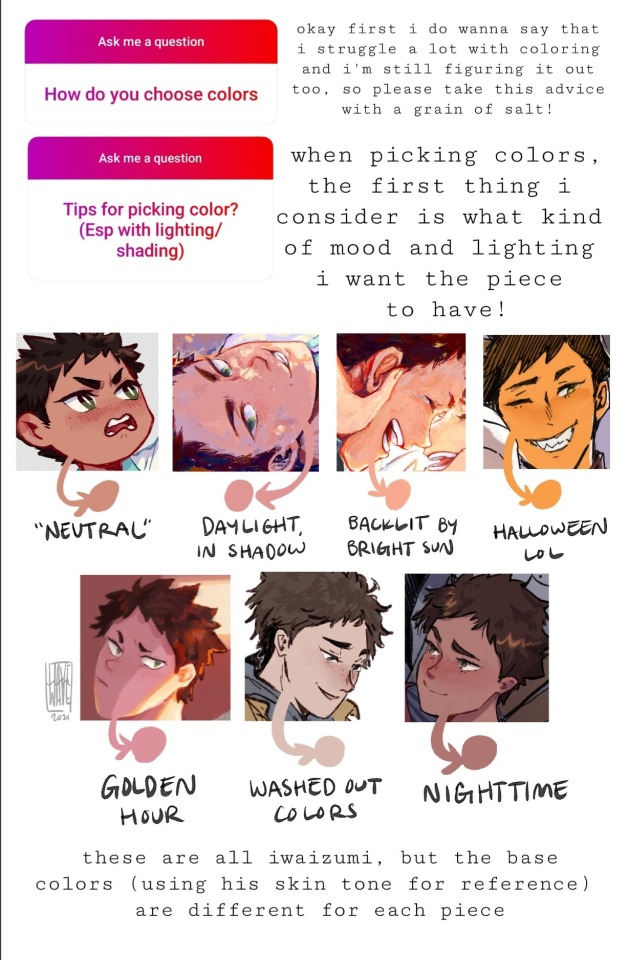

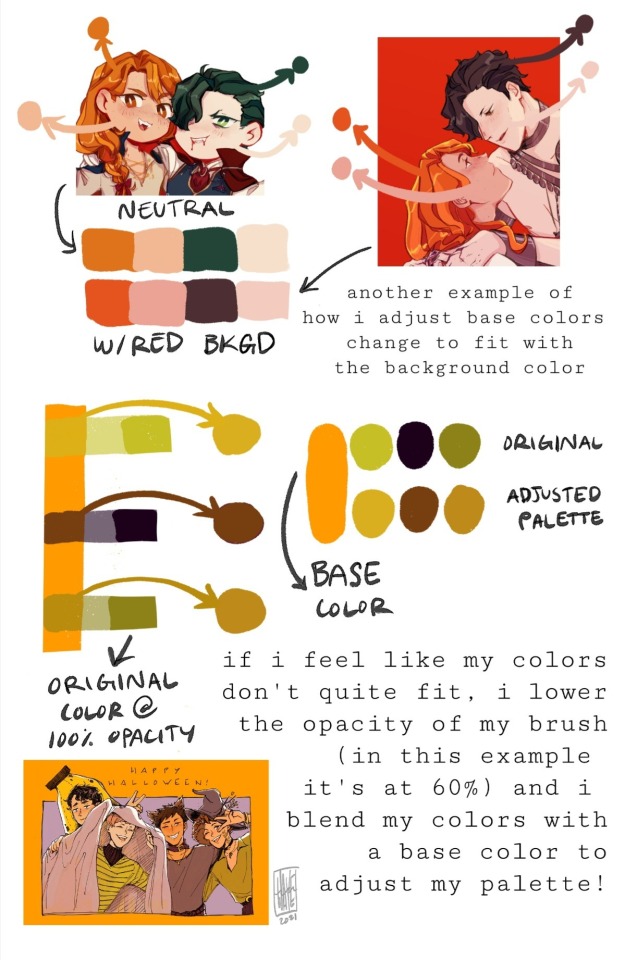



got a couple of questions on ig about how i choose colors and i spent way too long putting these together so!! here’s a small color picking guide 🎨✨
hopefully this’ll be helpful to someone, but really i think the most important thing is having fun and experimenting to find what you like best!
6K notes
·
View notes
Text
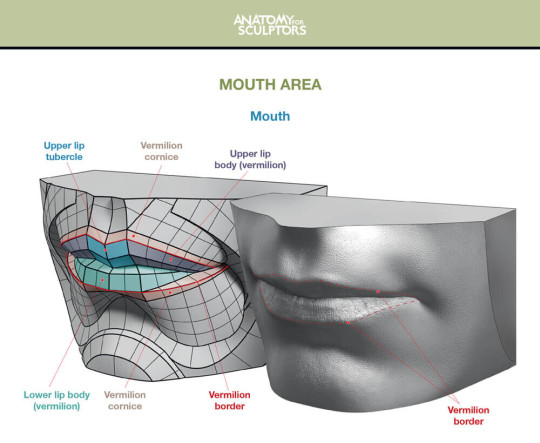
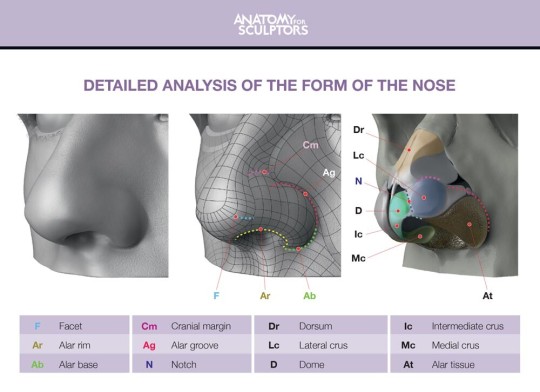
Facial Anatomy Breakdowns by Anatomy For Sculptors
Support the creators and check out their website!
3K notes
·
View notes
Video
youtube
I did a collaboration with Proko! Come check out the video on my take on how to approach anatomy.
617 notes
·
View notes
Text
SUPER USEFUL! Thank you so much ❤️
ayo i found 2 pages with head angles of humans and animals, could be useful to anyone reading this
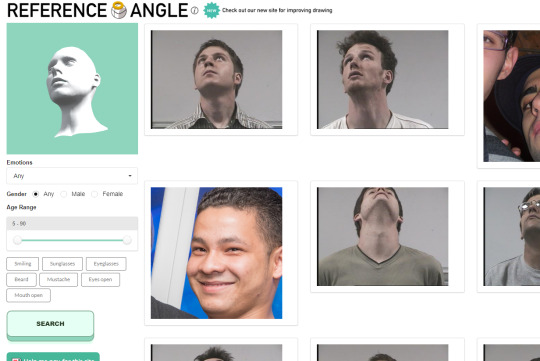
hoomans

animals
182K notes
·
View notes
Text
Adjectives to Describe Appearance
hello, hello! i want to thank you all again for 500 followers! it means the world to me that 500 hundred wonderful human beanitos care about my writing advice.
it still blows my mind!
if any of you are like me, then you too suffer at the treacherous hands of describing things then you know how difficult it can be to find the right words to show how you feel or to show what you mean to your readers.
So, I decided to help you all and make a list of adjectives :)
1. Other Words for “Fat” or “Large”
Overweight This simply means “heavier than is healthy.”
Obese It means very overweight. Sometimes it can be quite dangerous …
Stout Maybe slightly fat but strong or solid looking. Usually quite short.
Stocky Short with a wide body.
Paunchy You know how some men gain weight? They don’t just get fat everywhere — just the stomach. That’s paunchy. Though we don’t usually say “He’s paunchy.” Go for “He has a paunch.”
Pot-bellied The same as “paunchy.”
Big-boned With a large body structure. We also use this adjective as a euphemism (a way of saying something negative indirectly). If you call someone big-boned, it’s usually just another way of saying that they’re fat.
Chubby A little bit fat. Slightly overweight. But only a bit.
Plump The same as “chubby.”
Podgy Also the same as “chubby.”
Curvy This can be used in two ways. Sometimes, it describes a woman with a thin waist and wide hips. And sometimes, it’s used as a euphemism to mean “fat.” But it’s nicer to say “curvy,” right?
Flabby We usually use this to describe a part of someone’s body, not the person as a whole. So someone might have flabby arms or a flabby stomach. It means they have a lot of loose fat (or skin) that kind of shakes and wobbles when they move around.
2. Other Words for “Thin” or “Small”
Slender Thin, in a pretty or elegant kind of way.
Slim A positive word for “thin.”
Lanky Tall and thin. But in an awkward kind of way.
Skinny Very thin, possibly too thin.
Slight You know those people who are so thin that it looks like they might break into pieces if they fall down? That’s slight.
Petite This is French for “small.”
3. Other Words for “Muscular”
Beefy Someone with a lot of muscles. This is informal and usually used for men.
Buff In good physical shape. Probably with visible muscle action going on.
Burly Strong, heavy.
Broad “Broad” actually means “wide.”
Well-built Big. Strong.
Ripped muscular and in good shape.
4. Other Body Shape Adjectives
Gangly You know those tall, lanky people who never look comfortable. They move around looking uncomfortable. When they sit down, they look uncomfortable and awkward. They’re gangly.
Stooped Someone who walks around as if they’re walking through a low doorway — but all the time. The opposite of standing up straight.
Pigeon-toed Standing with your feet facing each other
5. Other Words for Beautiful
Attractive Nice to look at. You’d happily look at this person for hours if it wasn’t socially unacceptable.
Handsome It’s like beautiful but usually for men. More masculine and manly. Grrr.
Pretty Not as strong as beautiful, but still positive
Stunning Extremely attractive. Even stronger than “beautiful.”
Gorgeous A more informal way of saying “beautiful” or “handsome.”
Good-looking Er… he (or she) looks … good.
Cute “cute” to mean attractive
Hot More or less the same as “sexy.”
6. Other Words for Ugly
Rough This is actually quite rude, so be careful with this one. But it’s there. And it’s used. It means “very ugly.” Also, it’s very British.
Plain This is another euphemism. We use it when we want to say that someone has nothing about them that’s attractive. They’re not ugly. Just … boring … plain … even forgettable.
7. Adjectives for Hair Type
Curly
Wavy
Straight
8. Adjectives for Hair Length
Bald No hair at all.
Closely-cropped Very short hair. So short that you almost look bald.
Shaved No hair at all. But this time by choice. Because you shaved it off.
Balding Not bald. But you will be soon!
Shoulder-length Hair down to your shoulders. We can also have waist-length hair and even knee-length hair.
9. Adjectives for Hair Styles
Dreaded In a lot of languages, the word for this is “rasta.” Think of Bob Marley
Afro Very thick, very curly hair in a rounded shape.
Gelled When you add gel to your hair. You know, that sticky stuff that you can use to style your hair.
Slicked-back When you use gel or oil to comb your hair back.
Parted When you’ve divided the hair into two parts. You can have a centre parting or a side parting (or “part” in U.S. English).
Spiky When your hair is gelled up into spikes.
10. Adjectives for Hair Colour
Dyed (red, green, etc.) Maybe you don’t like your hair colour? Well, no problem — go out, buy some dye and dye your hair. You can have dyed green hair, dyed red hair or just dyed black hair.
Bleached Or maybe you want something brighter? Bleach your hair! This is when you use peroxide to lighten it.
Highlighted Perhaps you don’t want to bleach all of it? Maybe you just want some of it bleached — in lines (or “streaks”). Then get it highlighted.
Greying
Ginger “Ginger” is a way of describing people with naturally orange (“red”) hair.
Strawberry blonde Light red. But usually a euphemism for ginger.
Mousy brown A sort of brown, but a sort of pale brown
11. Adjectives for Hair Condition
Greasy You know when someone hasn’t washed their hair for a long time?
Shiny Hair that reflects lots of light. I also see it as 'shiny' when its greasy.
12. Adjectives for Age
Thirtyish About thirty. You can do the same with other ages: “sixtyish,” “sixteenish.” In fact, while we’re here, you can do this with times, too: “Let’s meet at Wimbledon at ten-ish.”
Young You know this, right? But when do you stop being young? This is quite subjective I guess. My answer is NEVER!
Youngish This is a great way to describe someone who’s sort of young, but maybe hitting middle age. Hard to tell. Youngish!
Middle-aged It surprises me how different everyone’s answers are to this. Personally, I think it’s 40. From 40, you’re middle-aged. There you go — I’ve just decided for everyone.
Old But when does middle age end and “old” begin? I don’t know. You’ll have to ask someone older than me.
Elderly It’s not very polite to describe people as “old.” So we invented this nice, polite, respectful word.
In his early 40s OK. This is a neat trick to describe people’s ages when you don’t know exactly how old they are.
13. Other Appearance Adjectives
Spotty You know those red spots many unfortunate teenagers get on their face? Technically the condition is called acne, but we usually just say “spots.” I was one of those unfortunate teenagers.
Clean-shaven Without a beard. But for a guy, not a woman.
Pierced We usually use this word to describe someone who has a noticeably large number of piercings.
Tattooed Someone with a lot of tattoos.
Hairy Lots of hair! Everywhere! Even on the back and the back of the hands!
There you all go! I think there are a total of 70 something. Please feel free to reblog and add your own I might have missed! Reblog, like, and comment!
If you share on Instagram tag me perpetualstories, please!
Follow me for more writing and grammar tips and more!
147 notes
·
View notes
Photo

Accepting that my first sketch is awful is one of the most useful lessons I’ve learned. I cannot repeat it enough: a first sketch is always horrible, and that’s precisely what it should be!
That first horrible sketch helps you to get rid of an empty canvas. It gives you an idea of what you’ll be drawing and some general shapes to work with. That’s its purpose!
COURSE: Dynamic Character Illustration Learn professional drawing and coloring techniques for creating dynamic characters full of movement!
3K notes
·
View notes
Photo
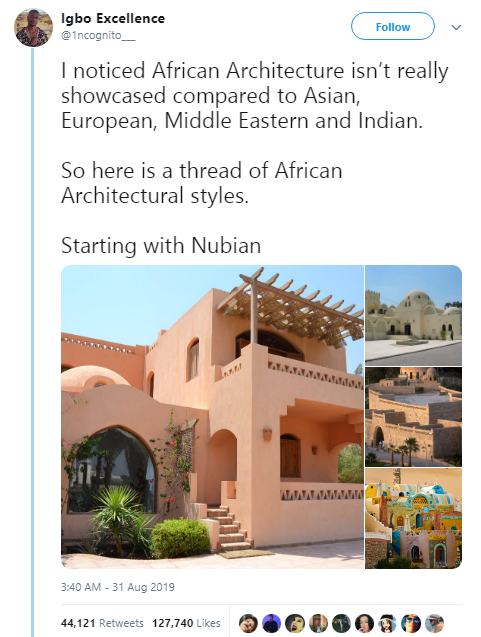



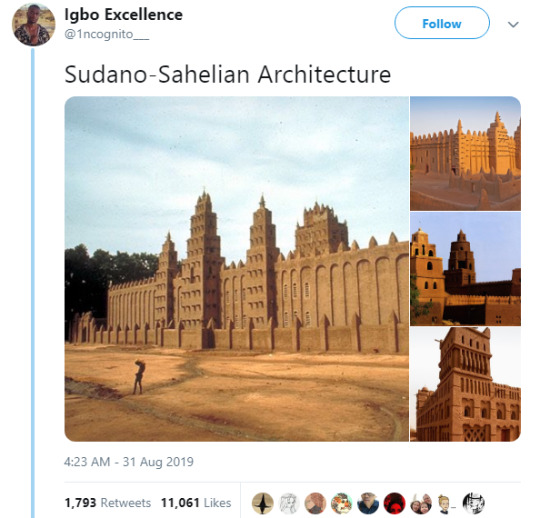

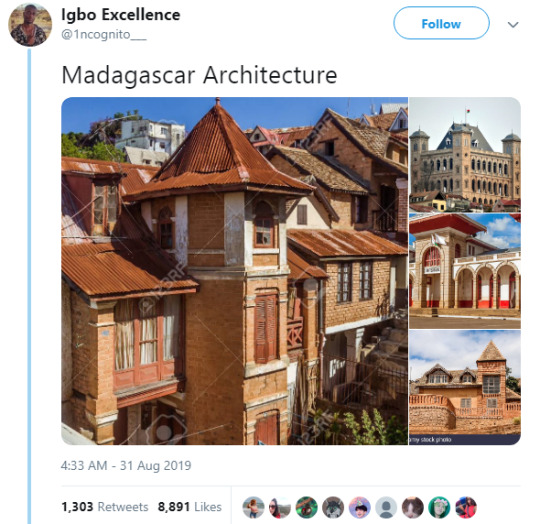
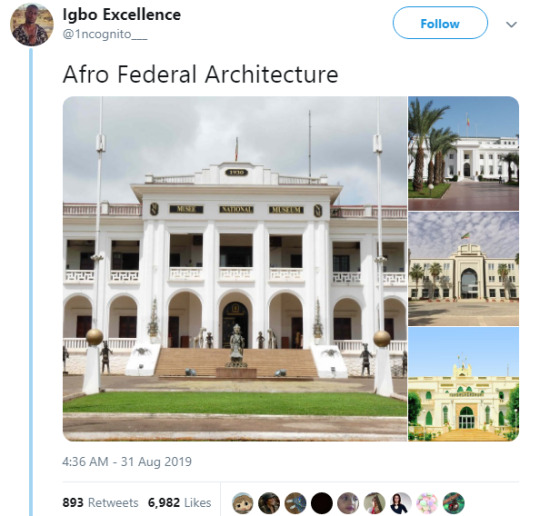

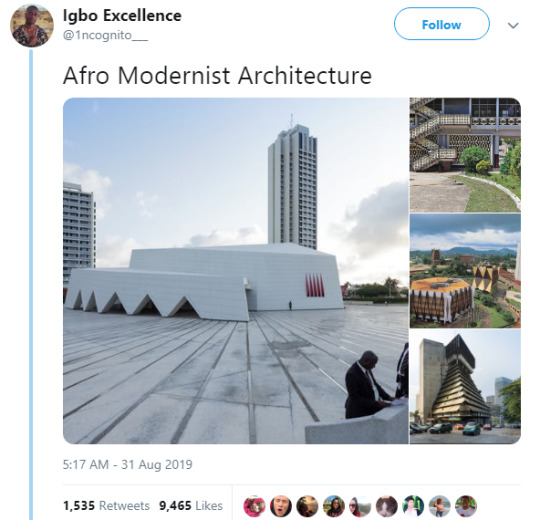
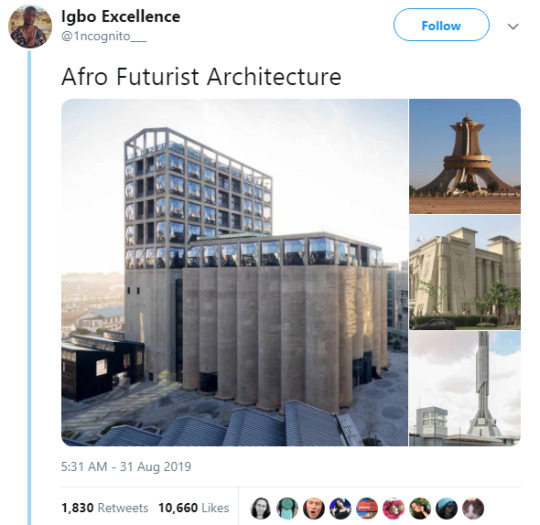
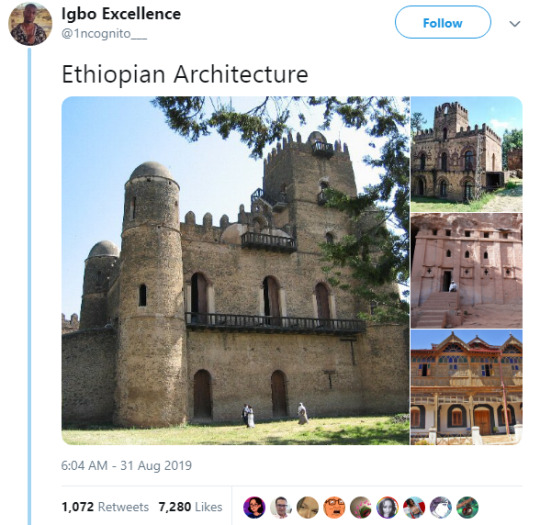


i feel like we don’t talk about things like this enough
332K notes
·
View notes
Text
the sheer offensiveness of rereading something you wrote, discovering that, hey, it’s actually pretty good, and then reaching the end, wherein you realize that if you want more you actually have to write it
99K notes
·
View notes
Text
This is for the... accountants out there or if you’re like me and people have stolen your photos before and sent several angry perverts to your personal accounts
60K notes
·
View notes
Photo
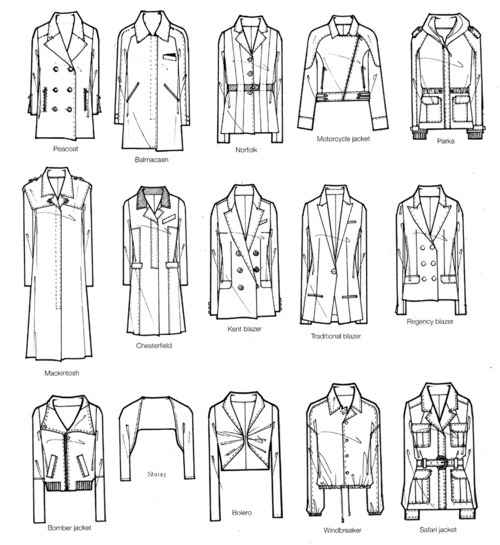
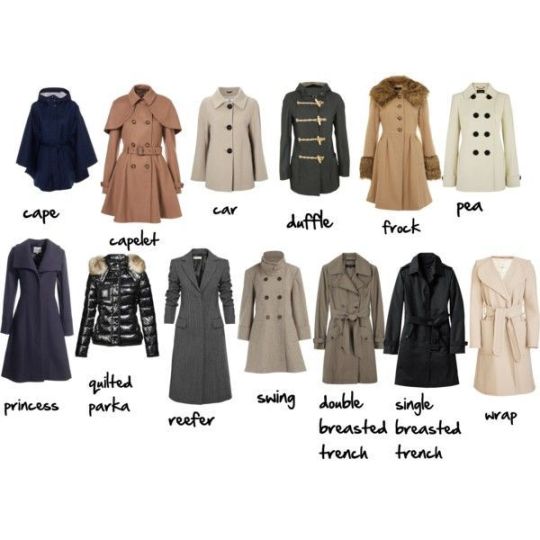
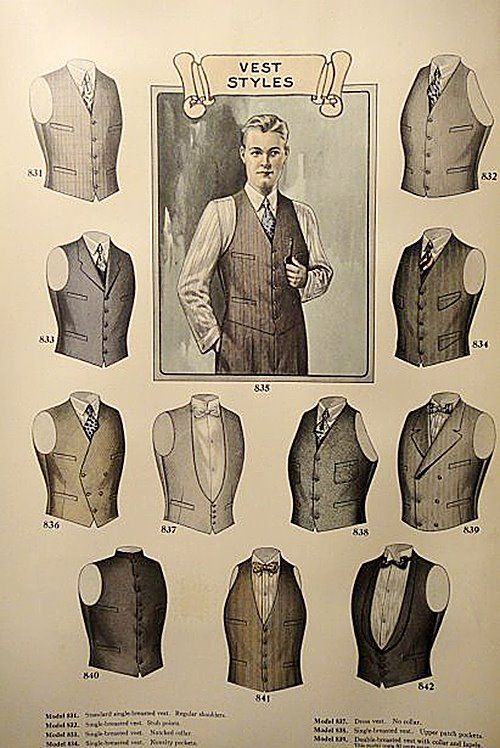
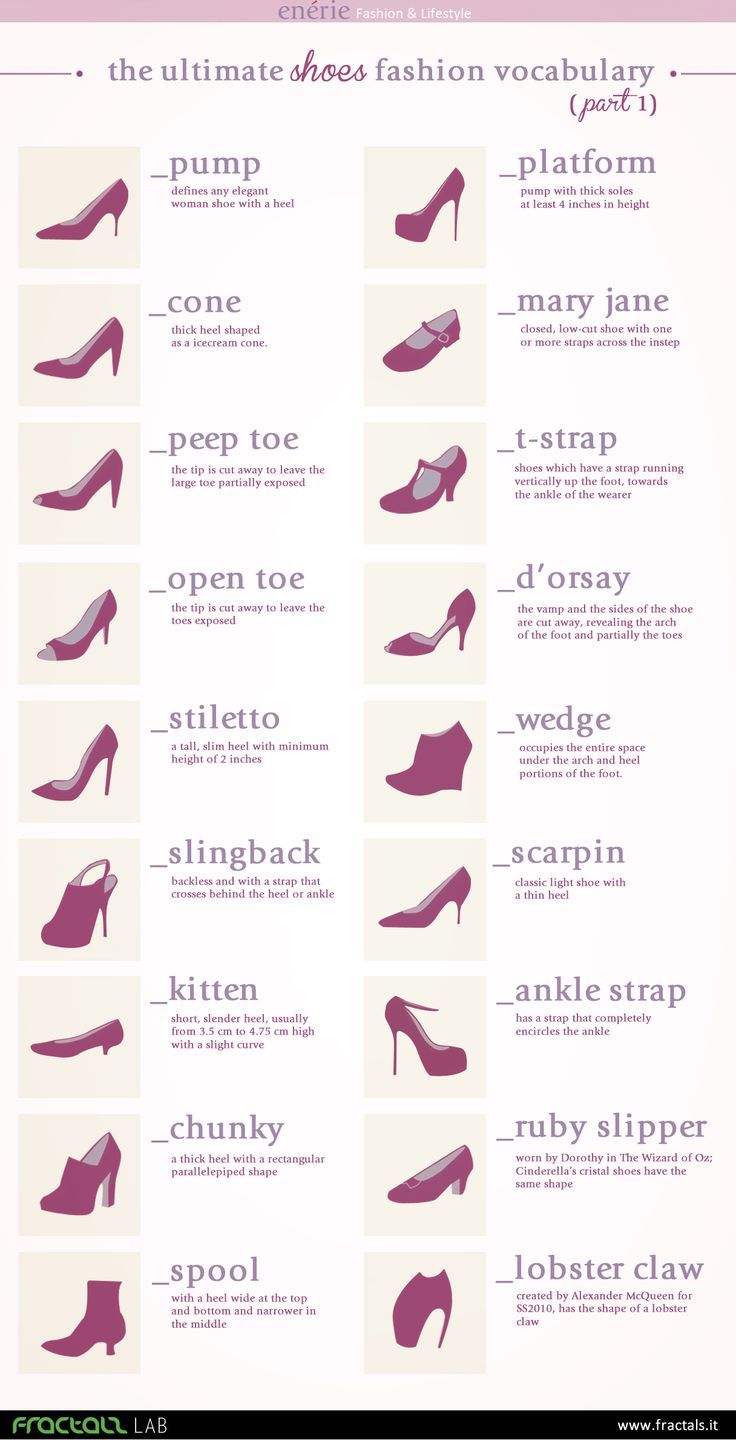

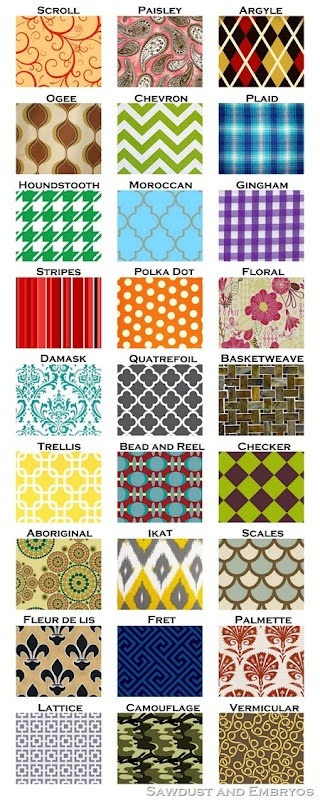
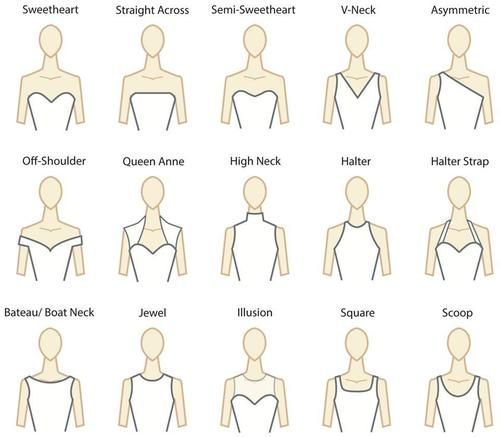
My collection of clothing references for writing.
90K notes
·
View notes
Text
Helpful things for action writers to remember
Sticking a landing will royally fuck up your joints and possibly shatter your ankles, depending on how high you’re jumping/falling from. There’s a very good reason free-runners dive and roll.
Hand-to-hand fights usually only last a matter of seconds, sometimes a few minutes. It’s exhausting work and unless you have a lot of training and history with hand-to-hand combat, you’re going to tire out really fast.
Arrows are very effective and you can’t just yank them out without doing a lot of damage. Most of the time the head of the arrow will break off inside the body if you try pulling it out, and arrows are built to pierce deep. An arrow wound demands medical attention.
Throwing your opponent across the room is really not all that smart. You’re giving them the chance to get up and run away. Unless you’re trying to put distance between you so you can shoot them or something, don’t throw them.
Everyone has something called a “flinch response” when they fight. This is pretty much the brain’s way of telling you “get the fuck out of here or we’re gonna die.” Experienced fighters have trained to suppress this. Think about how long your character has been fighting. A character in a fist fight for the first time is going to take a few hits before their survival instinct kicks in and they start hitting back. A character in a fist fight for the eighth time that week is going to respond a little differently.
ADRENALINE WORKS AGAINST YOU WHEN YOU FIGHT. THIS IS IMPORTANT. A lot of times people think that adrenaline will kick in and give you some badass fighting skills, but it’s actually the opposite. Adrenaline is what tires you out in a battle and it also affects the fighter’s efficacy - meaning it makes them shaky and inaccurate, and overall they lose about 60% of their fighting skill because their brain is focusing on not dying. Adrenaline keeps you alive, it doesn’t give you the skill to pull off a perfect roundhouse kick to the opponent’s face.
Swords WILL bend or break if you hit something hard enough. They also dull easily and take a lot of maintenance. In reality, someone who fights with a sword would have to have to repair or replace it constantly.
Fights get messy. There’s blood and sweat everywhere, and that will make it hard to hold your weapon or get a good grip on someone.
A serious battle also smells horrible. There’s lots of sweat, but also the smell of urine and feces. After someone dies, their bowels and bladder empty. There might also be some questionable things on the ground which can be very psychologically traumatizing. Remember to think about all of the character’s senses when they’re in a fight. Everything WILL affect them in some way.
If your sword is sharpened down to a fine edge, the rest of the blade can’t go through the cut you make. You’ll just end up putting a tiny, shallow scratch in the surface of whatever you strike, and you could probably break your sword.
ARCHERS ARE STRONG TOO. Have you ever drawn a bow? It takes a lot of strength, especially when you’re shooting a bow with a higher draw weight. Draw weight basically means “the amount of force you have to use to pull this sucker back enough to fire it.” To give you an idea of how that works, here’s a helpful link to tell you about finding bow sizes and draw weights for your characters. (CLICK ME)
If an archer has to use a bow they’re not used to, it will probably throw them off a little until they’ve done a few practice shots with it and figured out its draw weight and stability.
People bleed. If they get punched in the face, they’ll probably get a bloody nose. If they get stabbed or cut somehow, they’ll bleed accordingly. And if they’ve been fighting for a while, they’ve got a LOT of blood rushing around to provide them with oxygen. They’re going to bleed a lot.
Here’s a link to a chart to show you how much blood a person can lose without dying. (CLICK ME)
If you want a more in-depth medical chart, try this one. (CLICK ME)
Hopefully this helps someone out there. If you reblog, feel free to add more tips for writers or correct anything I’ve gotten wrong here.
248K notes
·
View notes
Text
Story Structures for your Next WIP
hello, hello. this post will be mostly for my notes. this is something I need in to be reminded of for my business, but it can also be very useful and beneficial for you guys as well.
everything in life has structure and storytelling is no different, so let’s dive right in :)
First off let’s just review what a story structure is :
a story is the backbone of the story, the skeleton if you will. It hold the entire story together.
the structure in which you choose your story will effectively determine how you create drama and depending on the structure you choose it should help you align your story and sequence it with the conflict, climax, and resolution.
1. Freytag's Pyramid
this first story structure i will be talking about was named after 19th century German novelist and playwright.
it is a five point structure that is based off classical Greek tragedies such as Sophocles, Aeschylus and Euripedes.
Freytag's Pyramid structure consists of:
Introduction: the status quo has been established and an inciting incident occurs.
Rise or rising action: the protagonist will search and try to achieve their goal, heightening the stakes,
Climax: the protagonist can no longer go back, the point of no return if you will.
Return or fall: after the climax of the story, tension builds and the story inevitably heads towards...
Catastrophe: the main character has reached their lowest point and their greatest fears have come into fruition.
this structure is used less and less nowadays in modern storytelling mainly due to readers lack of appetite for tragic narratives.
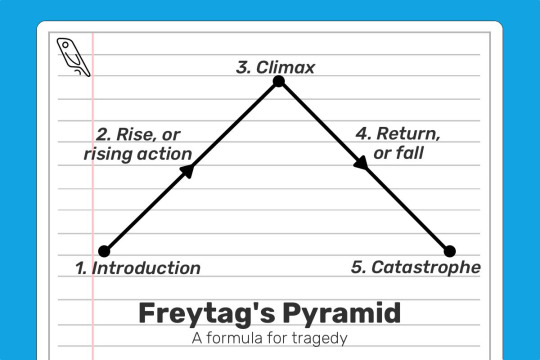
2. The Hero's Journey
the hero's journey is a very well known and popular form of storytelling.
it is very popular in modern stories such as Star Wars, and movies in the MCU.
although the hero's journey was inspired by Joseph Campbell's concept, a Disney executive Christopher Vogler has created a simplified version:
The Ordinary World: The hero's everyday routine and life is established.
The Call of Adventure: the inciting incident.
Refusal of the Call: the hero / protagonist is hesitant or reluctant to take on the challenges.
Meeting the Mentor: the hero meets someone who will help them and prepare them for the dangers ahead.
Crossing the First Threshold: first steps out of the comfort zone are taken.
Tests, Allie, Enemies: new challenges occur, and maybe new friends or enemies.
Approach to the Inmost Cave: hero approaches goal.
The Ordeal: the hero faces their biggest challenge.
Reward (Seizing the Sword): the hero manages to get ahold of what they were after.
The Road Back: they realize that their goal was not the final hurdle, but may have actually caused a bigger problem than before.
Resurrection: a final challenge, testing them on everything they've learned.
Return with the Elixir: after succeeding they return to their old life.
the hero's journey can be applied to any genre of fiction.

3. Three Act Structure:
this structure splits the story into the 'beginning, middle and end' but with in-depth components for each act.
Act 1: Setup:
exposition: the status quo or the ordinary life is established.
inciting incident: an event sets the whole story into motion.
plot point one: the main character decided to take on the challenge head on and she crosses the threshold and the story is now progressing forward.
Act 2: Confrontation:
rising action: the stakes are clearer and the hero has started to become familiar with the new world and begins to encounter enemies, allies and tests.
midpoint: an event that derails the protagonists mission.
plot point two: the hero is tested and fails, and begins to doubt themselves.
Act 3: Resolution:
pre-climax: the hero must chose between acting or failing.
climax: they fights against the antagonist or danger one last time, but will they succeed?
Denouement: loose ends are tied up and the reader discovers the consequences of the climax, and return to ordinary life.
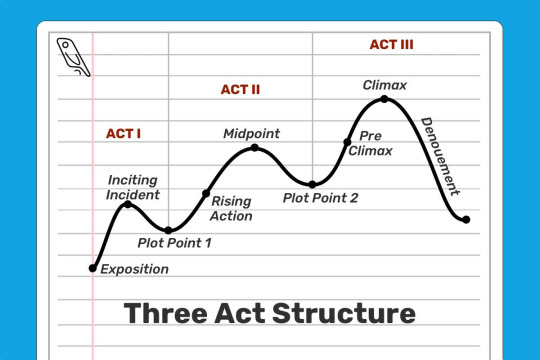
4. Dan Harmon's Story Circle
it surprised me to know the creator of Rick and Morty had their own variation of Campbell's hero's journey.
the benefit of Harmon's approach is that is focuses on the main character's arc.
it makes sense that he has such a successful structure, after all the show has multiple seasons, five or six seasons? i don't know not a fan of the show.
the character is in their comfort zone: also known as the status quo or ordinary life.
they want something: this is a longing and it can be brought forth by an inciting incident.
the character enters and unfamiliar situation: they must take action and do something new to pursue what they want.
adapt to it: of course there are challenges, there is struggle and begin to succeed.
they get what they want: often a false victory.
a heavy price is paid: a realization of what they wanted isn't what they needed.
back to the good old ways: they return to their familiar situation yet with a new truth.
having changed: was it for the better or worse?
i might actually make a operate post going more in depth about dan harmon's story circle.
5. Fichtean Curve:
the fichtean curve places the main character in a series of obstacles in order to achieve their goal.
this structure encourages writers to write a story packed with tension and mini-crises to keep the reader engaged.
The Rising Action
the story must start with an inciting indecent.
then a series of crisis arise.
there are often four crises.
2. The Climax:
3. Falling Action
this type of story telling structure goes very well with flash-back structured story as well as in theatre.
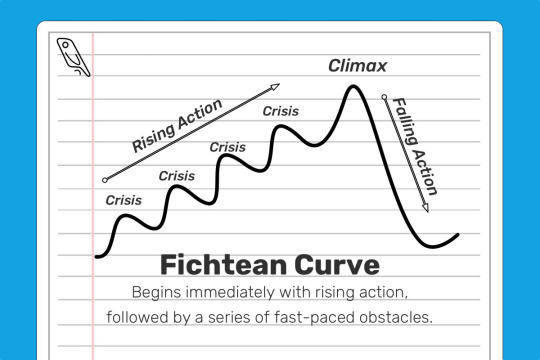
6. Save the Cat Beat Sheet:
this is another variation of a three act structure created by screenwriter Blake Snyder, and is praised widely by champion storytellers.
Structure for Save the Cat is as follows: (the numbers in the brackets are for the number of pages required, assuming you're writing a 110 page screenplay)
Opening Image [1]: The first shot of the film. If you’re starting a novel, this would be an opening paragraph or scene that sucks readers into the world of your story.
Set-up [1-10]. Establishing the ‘ordinary world’ of your protagonist. What does he want? What is he missing out on?
Theme Stated [5]. During the setup, hint at what your story is really about — the truth that your protagonist will discover by the end.
Catalyst [12]. The inciting incident!
Debate [12-25]. The hero refuses the call to adventure. He tries to avoid the conflict before they are forced into action.
Break into Two [25]. The protagonist makes an active choice and the journey begins in earnest.
B Story [30]. A subplot kicks in. Often romantic in nature, the protagonist’s subplot should serve to highlight the theme.
The Promise of the Premise [30-55]. Often called the ‘fun and games’ stage, this is usually a highly entertaining section where the writer delivers the goods. If you promised an exciting detective story, we’d see the detective in action. If you promised a goofy story of people falling in love, let’s go on some charmingly awkward dates.
Midpoint [55]. A plot twist occurs that ups the stakes and makes the hero’s goal harder to achieve — or makes them focus on a new, more important goal.
Bad Guys Close In [55-75]. The tension ratchets up. The hero’s obstacles become greater, his plan falls apart, and he is on the back foot.
All is Lost [75]. The hero hits rock bottom. He loses everything he’s gained so far, and things are looking bleak. The hero is overpowered by the villain; a mentor dies; our lovebirds have an argument and break up.
Dark Night of the Soul [75-85-ish]. Having just lost everything, the hero shambles around the city in a minor-key musical montage before discovering some “new information” that reveals exactly what he needs to do if he wants to take another crack at success. (This new information is often delivered through the B-Story)
Break into Three [85]. Armed with this new information, our protagonist decides to try once more!
Finale [85-110]. The hero confronts the antagonist or whatever the source of the primary conflict is. The truth that eluded him at the start of the story (established in step three and accentuated by the B Story) is now clear, allowing him to resolve their story.
Final Image [110]. A final moment or scene that crystallizes how the character has changed. It’s a reflection, in some way, of the opening image.
(all information regarding the save the cat beat sheet was copy and pasted directly from reedsy!)
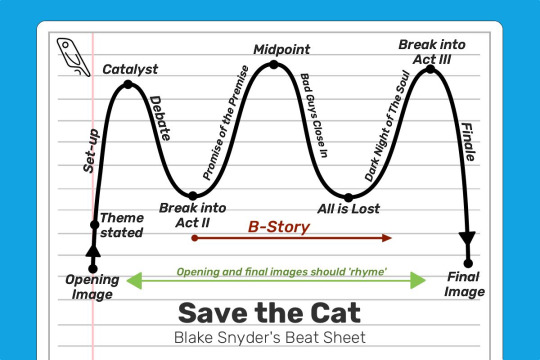
7. Seven Point Story Structure:
this structure encourages writers to start with the at the end, with the resolution, and work their way back to the starting point.
this structure is about dramatic changes from beginning to end
The Hook. Draw readers in by explaining the protagonist’s current situation. Their state of being at the beginning of the novel should be in direct contrast to what it will be at the end of the novel.
Plot Point 1. Whether it’s a person, an idea, an inciting incident, or something else — there should be a "Call to Adventure" of sorts that sets the narrative and character development in motion.
Pinch Point 1. Things can’t be all sunshine and roses for your protagonist. Something should go wrong here that applies pressure to the main character, forcing them to step up and solve the problem.
Midpoint. A “Turning Point” wherein the main character changes from a passive force to an active force in the story. Whatever the narrative’s main conflict is, the protagonist decides to start meeting it head-on.
Pinch Point 2. The second pinch point involves another blow to the protagonist — things go even more awry than they did during the first pinch point. This might involve the passing of a mentor, the failure of a plan, the reveal of a traitor, etc.
Plot Point 2. After the calamity of Pinch Point 2, the protagonist learns that they’ve actually had the key to solving the conflict the whole time.
Resolution. The story’s primary conflict is resolved — and the character goes through the final bit of development necessary to transform them from who they were at the start of the novel.
(all information regarding the seven point story structure was copy and pasted directly from reedsy!)
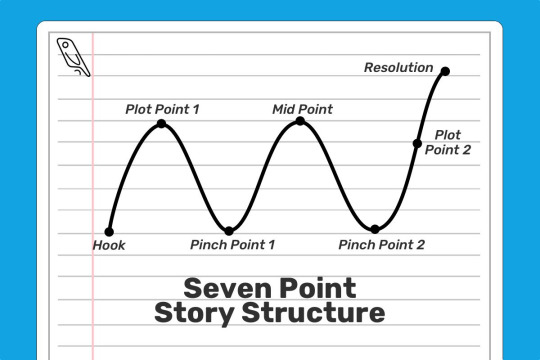
i decided to fit all of them in one post instead of making it a two part post.
i hope you all enjoy this post and feel free to comment or reblog which structure you use the most, or if you have your own you prefer to use! please share with me!
if you find this useful feel free to reblog on instagram and tag me at perpetualstories
Follow my tumblr and instagram for more writing and grammar tips and more!
13K notes
·
View notes
Text
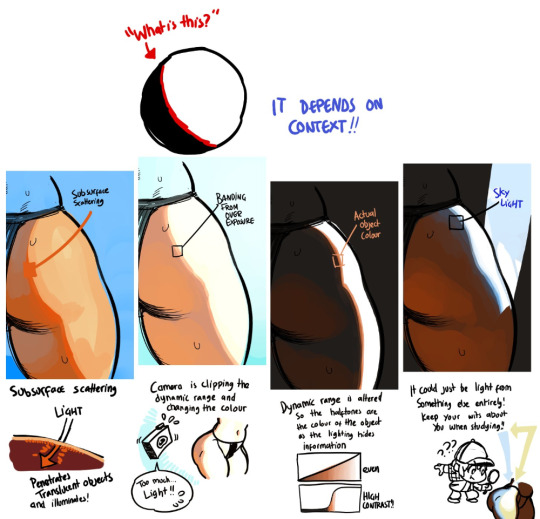
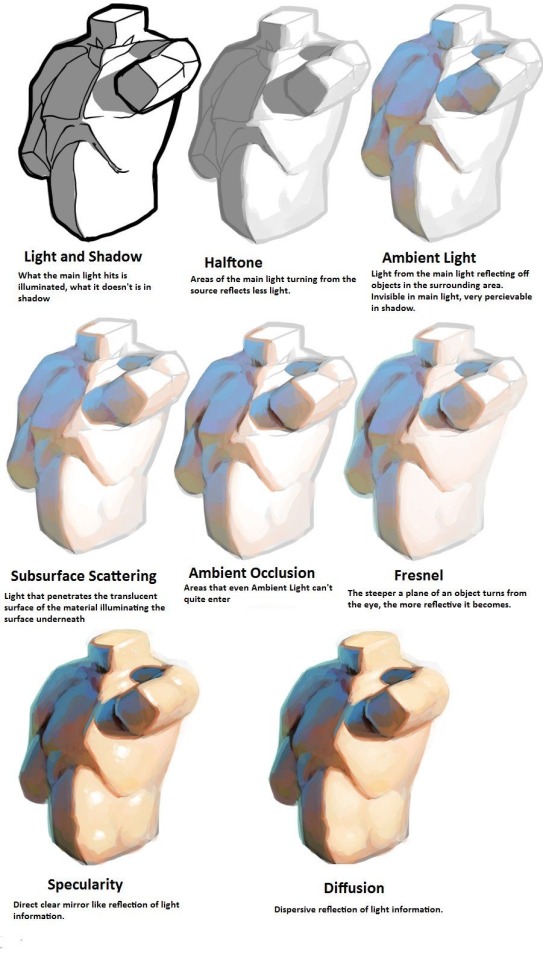
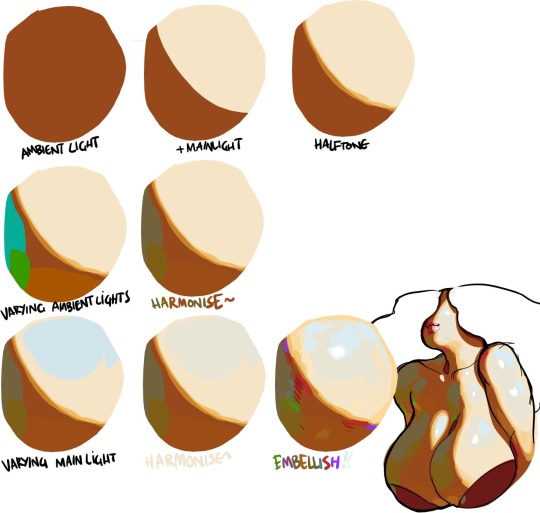
I am so serious when I say if you want to learn about light, you NEED to at least look at modeseven’s tutorials. even if you’re not pursuing a painterly style, this is all essential theory that can be easily adapted to different coloring styles. notice how none of these ever say ‘light with these colors and shade with these colors’? notice how this is teaching how light works on a mechanical level, and reminding the audience to adjust the actual colors they choose by context? THAT is good advice.
(if you’re thinking ‘wow I want to study more of this persons art!’ I encourage you to do so, but proceed with the knowledge that modeseven draws pretty much exclusively weird as hell kink art. sometimes wisdom comes from horny places)
69K notes
·
View notes


